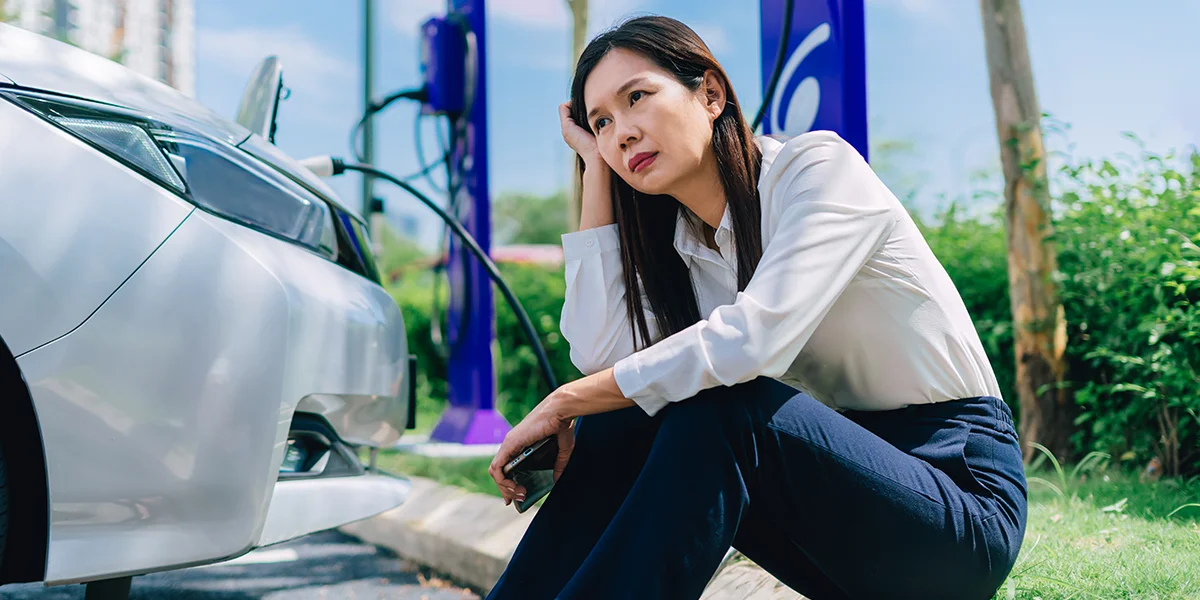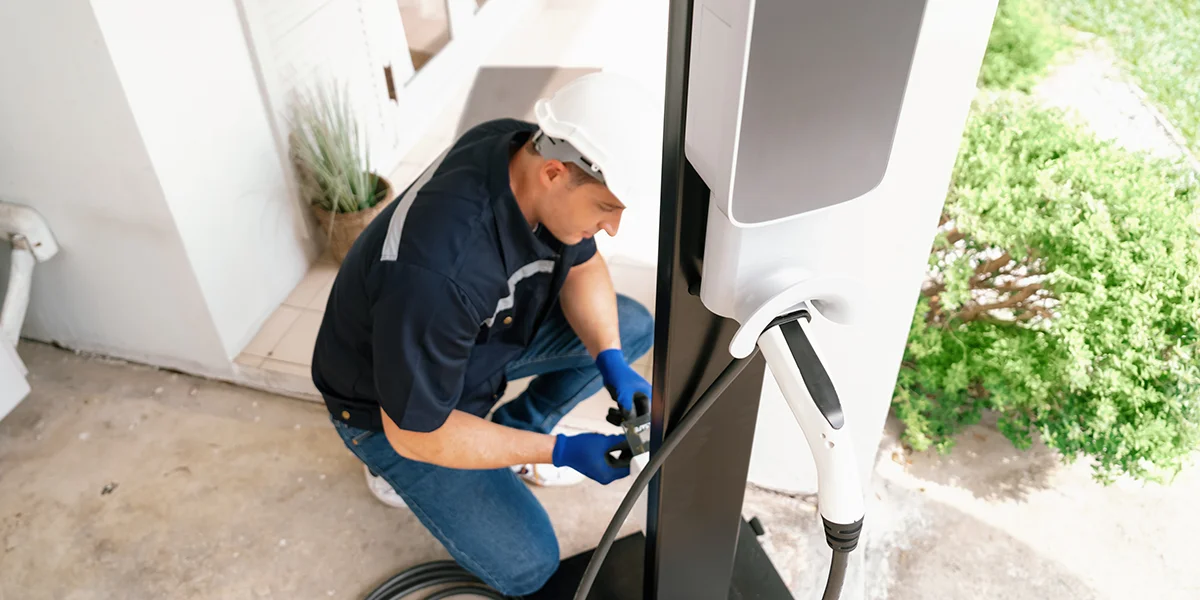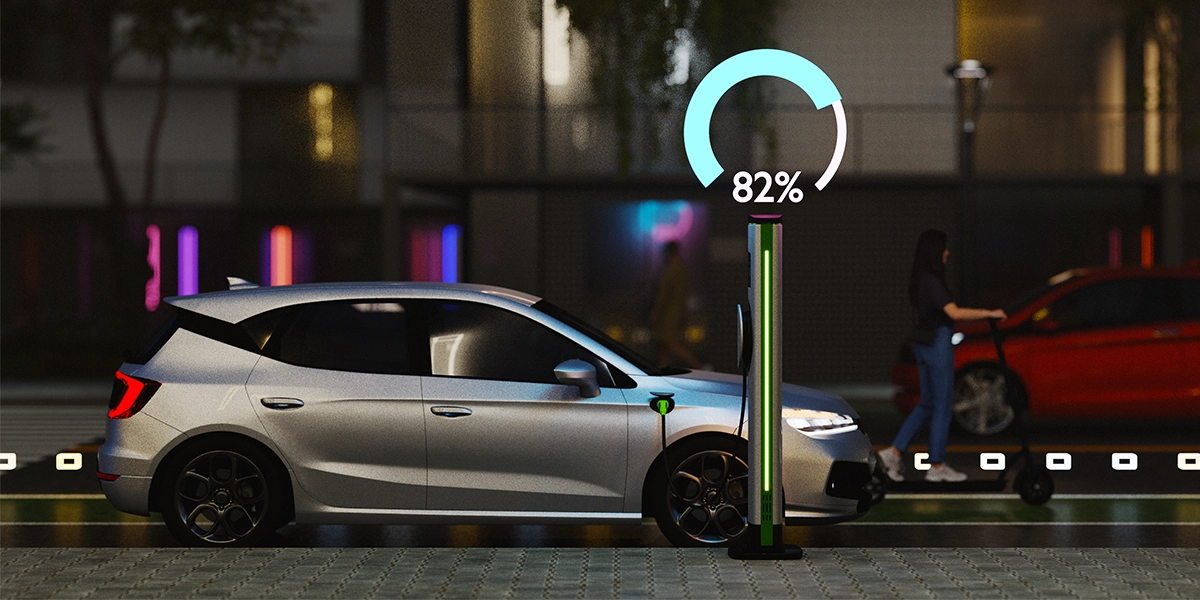EV adoption—what’s the hold up? The adoption of new technologies often resembles the natural rhythms of life, where initial hesitation gives way to widespread acceptance. A familiar adage—“it is darkest before the dawn”—aptly captures this phenomenon, especially as it relates to the adoption and proliferation of electric vehicles (EVs).
As with most technological overhauls throughout history, once a certain threshold is crossed, growth tends to become exponential. For electric vehicles, this critical point appears to be right around 5% of new car sales. Once this threshold is crossed, the onset of mass adoption will begin in earnest and consumer preferences will shift dramatically.
In the United States, it appears EVs may just be approaching the critical tipping point of 5% of new car sales.
EV Adoption: What’s Taking So Long?
In the United States, it appears that we may just be approaching the dawn of the aforementioned adage. Nearly everyone is aware of EVs in the marketplace and consumers are talking about them if not yet driving them. So, what is behind this disconnect between awareness and adoption?
EV ADOPTION OBSTACLE 1: We’re still in the early adopter phase
For starters, EV interest still has one foot planted in the camp of the early adopters – that is, those who will embrace any new technology the moment it becomes available. Early adopters in all realms typically face high costs and insufficient infrastructure, making the transition feel almost like a failure to the larger audience.

EV ADOPTION OBSTACLE 2: Sticker shock
For the vast majority of consumers who are not in this early adopter demographic, the sticker shock of EVs is a significant barrier. In the United States, EVs typically come with a higher retail price compared to their gasoline counterparts. This reality is compounded by the relatively low cost of gasoline, which diminishes any immediate financial incentive to switch.
EV ADOPTION OBSTACLE 3: A lingering attachment to internal combustion engines
Then there are the cultural factors that play a critical role in the slower adoption of electric vehicles in the United States. Americans have long embraced gas-guzzling SUVs and trucks, a reflection of the country’s unique love affair with car culture and the open road. The American landscape, characterized by sprawling suburbs and vast distances between destinations, makes it difficult to break free from the long-standing dependence on internal combustion engines. These cultural preferences are often especially pronounced in regions where low fuel prices further entrench gas vehicle usage.
Economic and Structural Challenges
Beyond cultural attachments, economic factors contribute to the slow rollout of electric vehicles. The U.S. market lacks a robust selection of affordable EV options. Many domestic automakers are struggling to significantly ramp up EV production, often incurring significant losses in their electric ventures.
This financial strain can lead to hesitancy in investing heavily in EV technology and infrastructure. Moreover, well-intentioned policies and regulations that are intended to promote domestic production of electric vehicles can oftentimes create supply chain constraints that hamper growth.
But poor charging infrastructure is still one of the greatest barriers to full-scale EV adoption.
But for all that, infrastructure—or the lack thereof—remains one of the most formidable barriers to full-scale EV adoption in the U.S. Unlike the ubiquitous gas station located on practically every intersection, charging stations remain relatively sparse. Many EV drivers rely on amenities like restaurants and shops while they charge their vehicles, adding another layer of complexity to the infrastructure challenge. Alarmingly, nearly 30% of prospective EV owners do not have access to home charging, making it even more difficult to consider the transition.

Secondly, addressing infrastructure deficiencies is vital. Governments at various levels can play a pivotal role by investing in charging networks, particularly in underserved areas. Public-private partnerships could also foster innovation in charging technology, making it faster and more convenient for users. The development of charging stations that integrate seamlessly with daily activities such as shopping and dining can alleviate some concerns about the charging process.
Lastly, public awareness campaigns can help shift consumer perceptions regarding electric vehicles. By highlighting the environmental benefits, long-term cost savings, and the growing availability of EV models, consumers can be encouraged to embrace this change.
Conclusion: A Bright Future Ahead
The journey toward electric vehicle adoption in the United States may be slow, but it is not unreasonable to predict an exponential growth in the very near term.
While economic, cultural, and infrastructural challenges currently hold back the growth of EVs, history suggests that the tipping point is upon us.
As we look ahead, it is essential to remain optimistic and proactive in addressing the challenges that await such a significant shift in how people and goods move across the country. With the right combination of policy support, industry innovation, and consumer engagement, the dawn of a new era in transportation – one defined by cleaner, more sustainable electric vehicles that reflect the needs and values of a changing society – will truly unfold.



